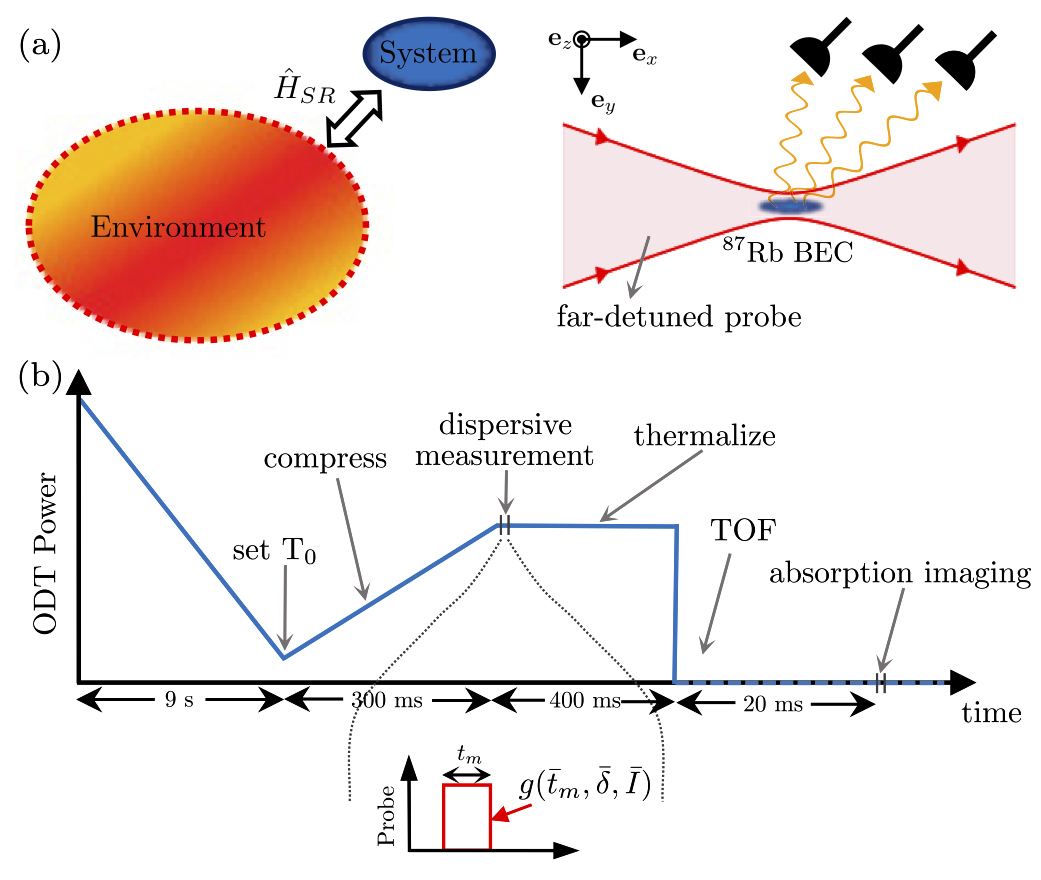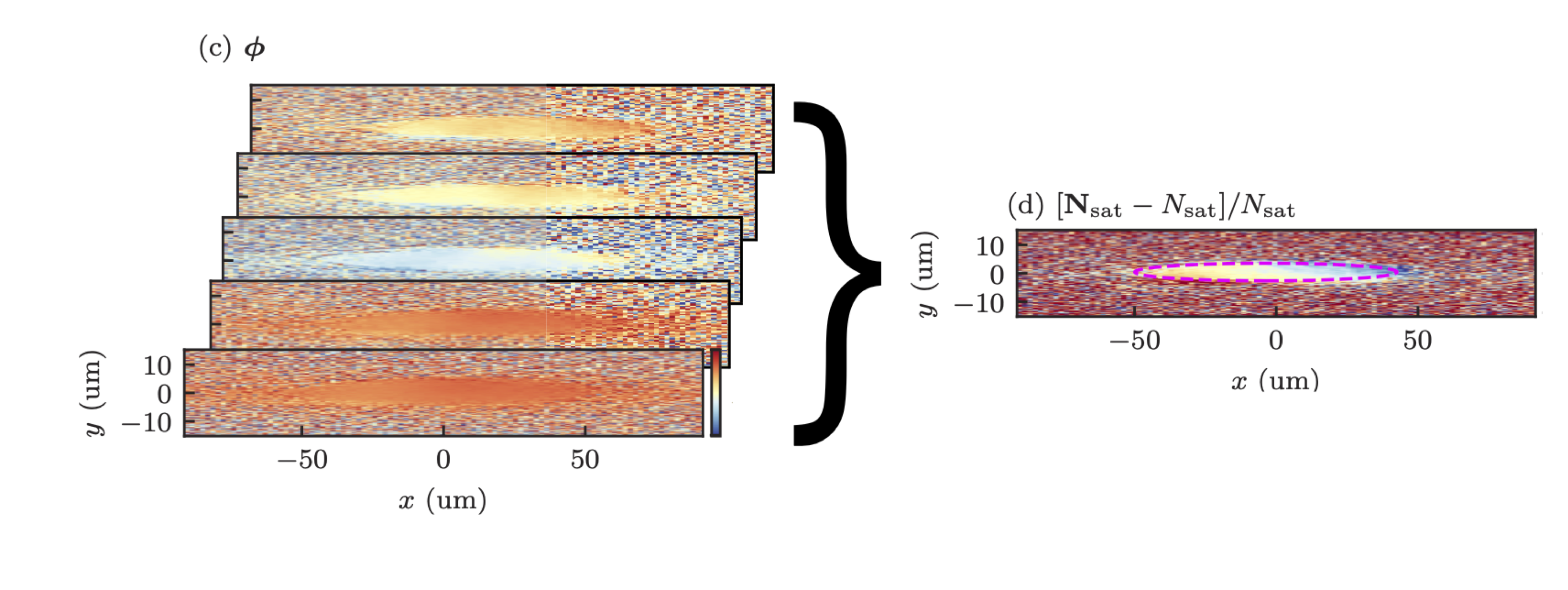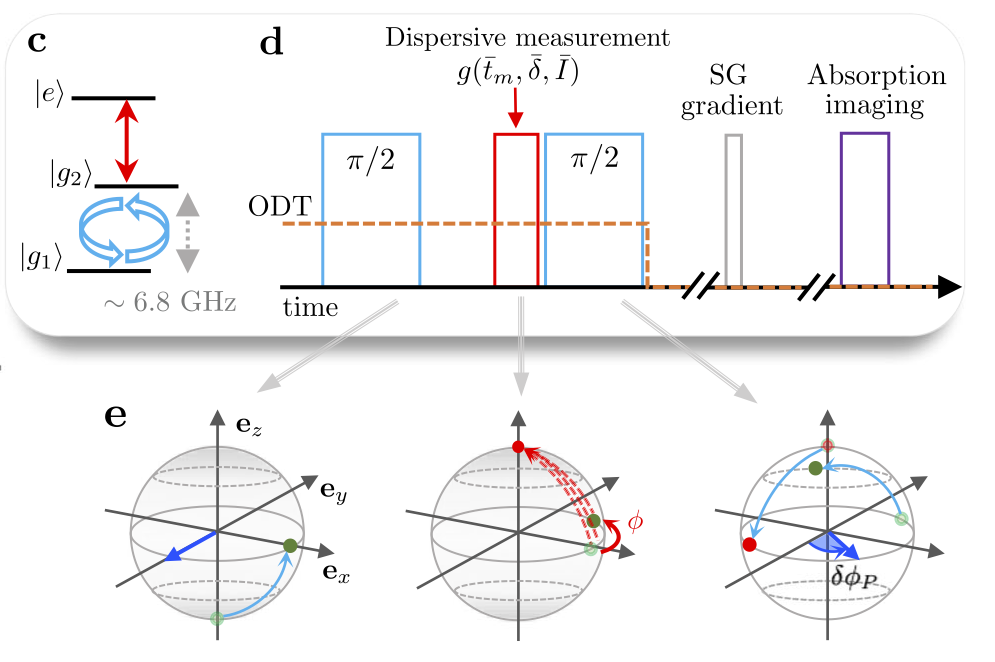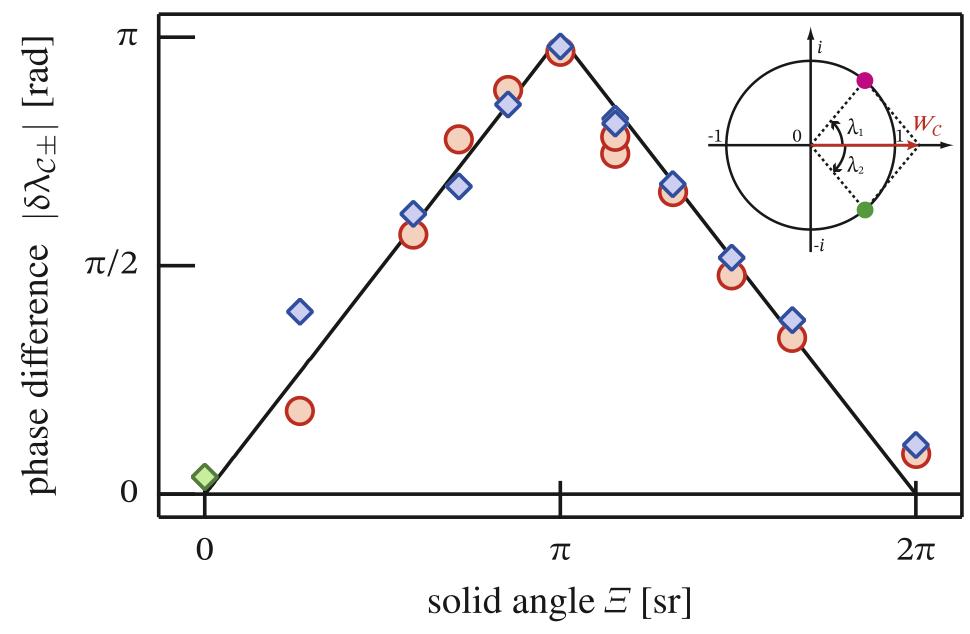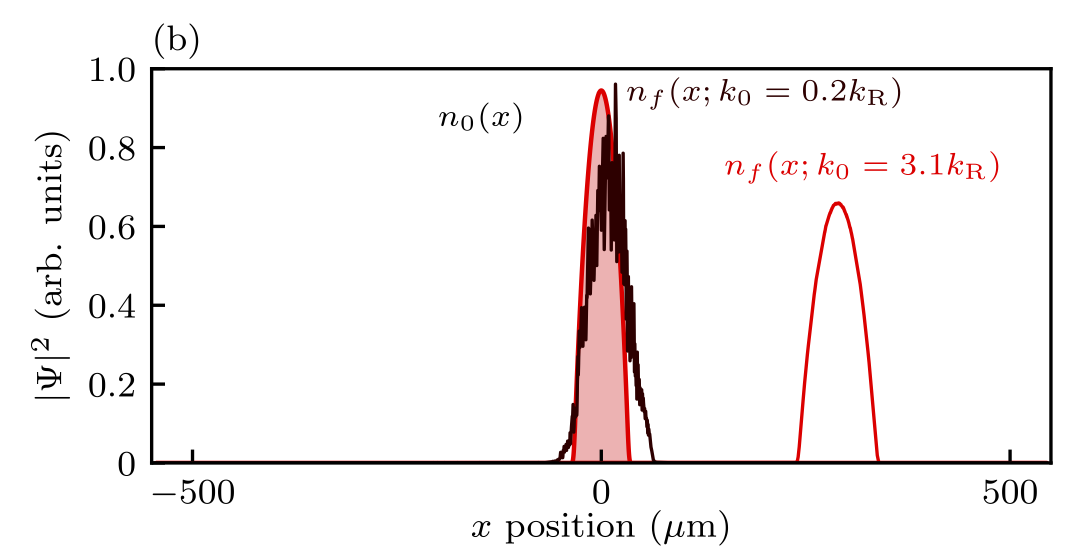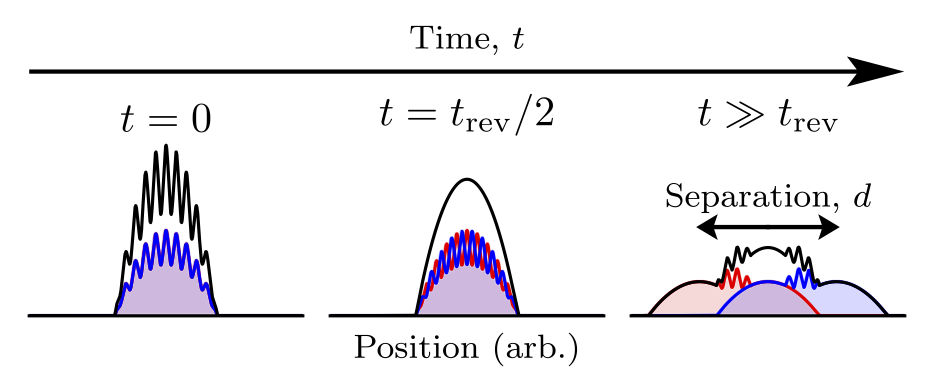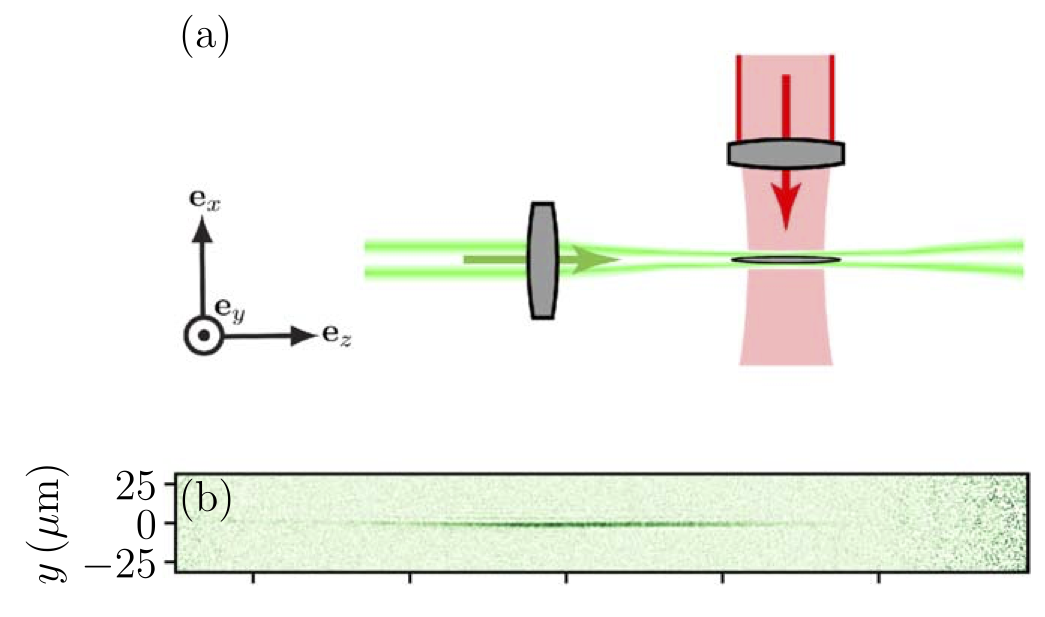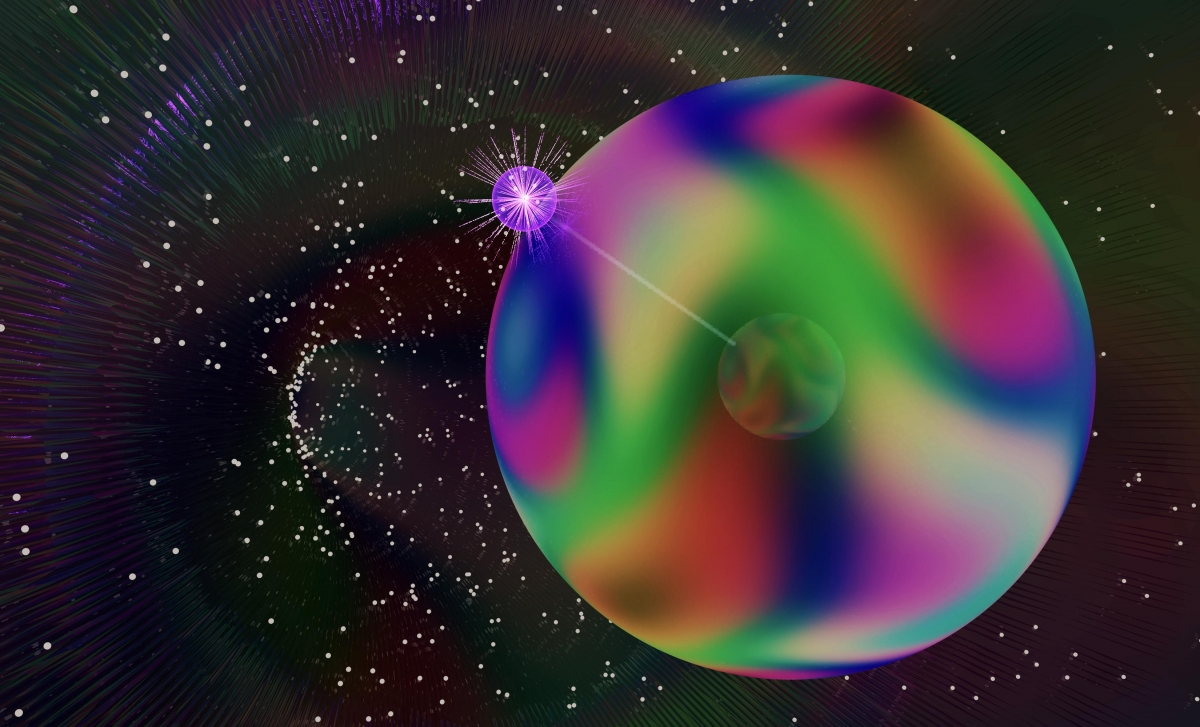Weak-measurement-induced heating in Bose-Einstein condensates
Ultracold atoms are an ideal platform for understanding system-reservoir dynamics of many-body systems. Here, we study quantum back-action in atomic Bose-Einstein condensates, weakly interacting with a far-from resonant, i.e., dispersively interacting, probe laser beam. The light scattered by the atoms …
Weak-measurement-induced heating in Bose-Einstein condensates Read more »
